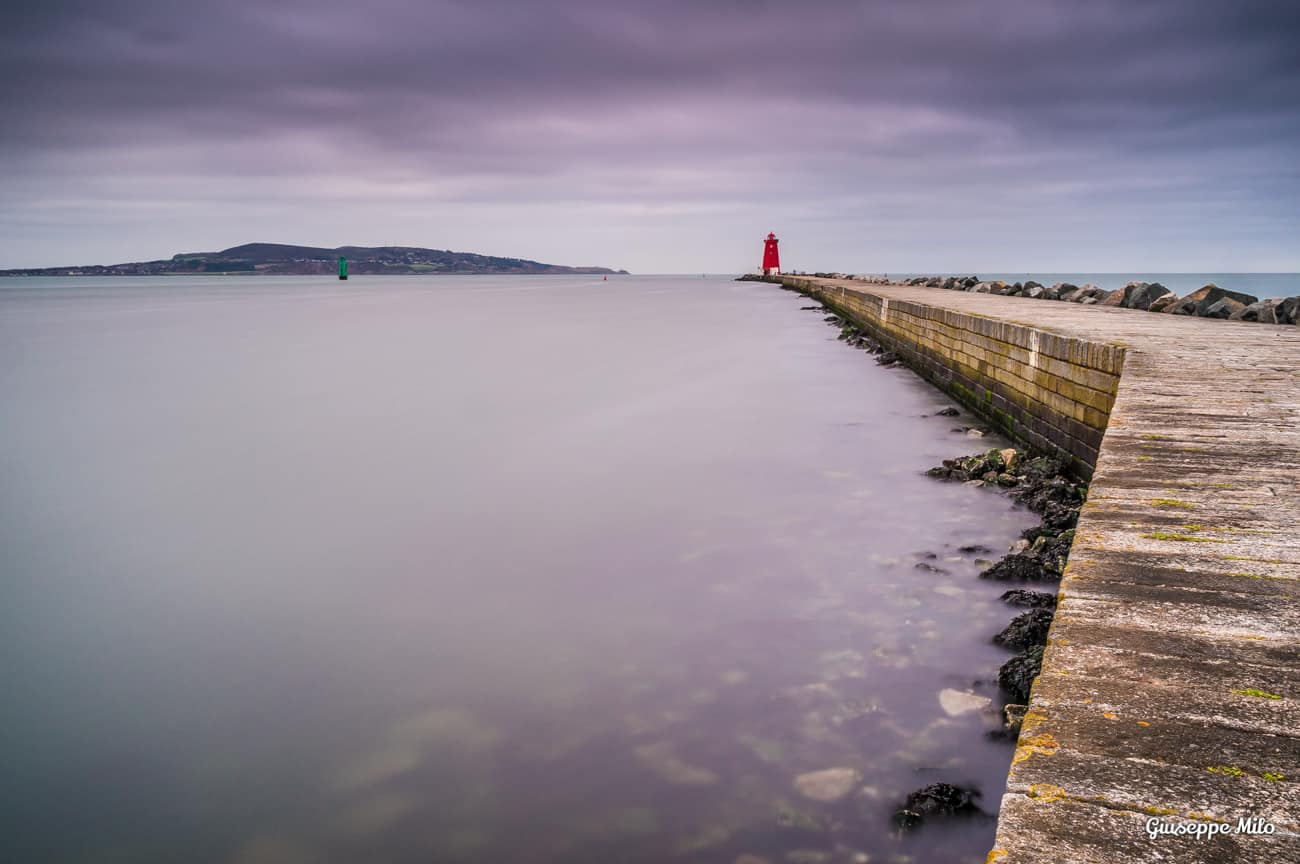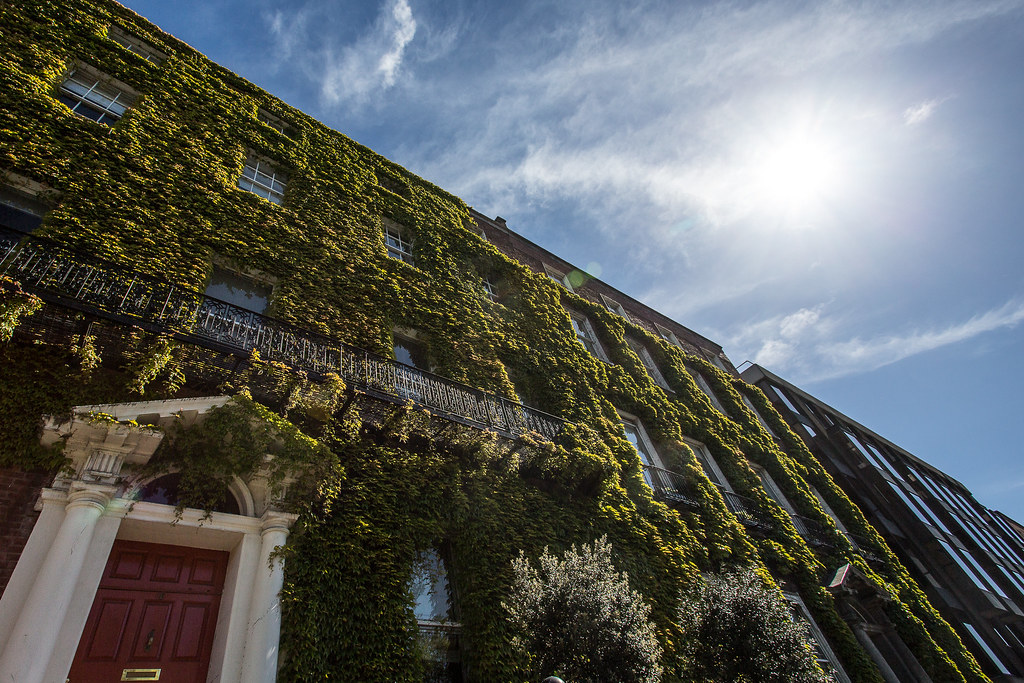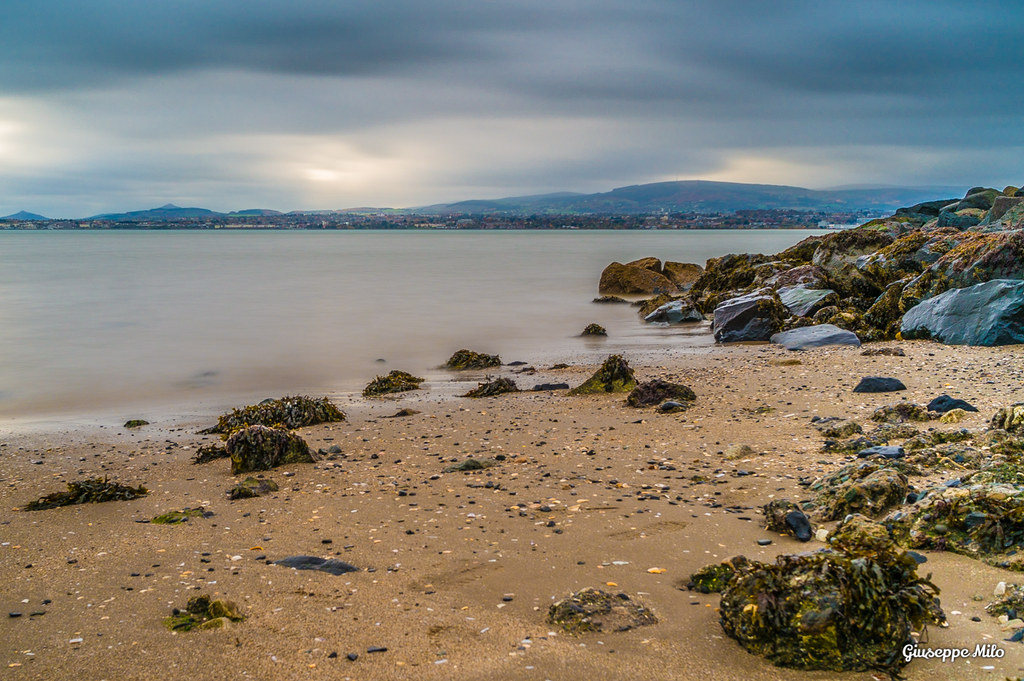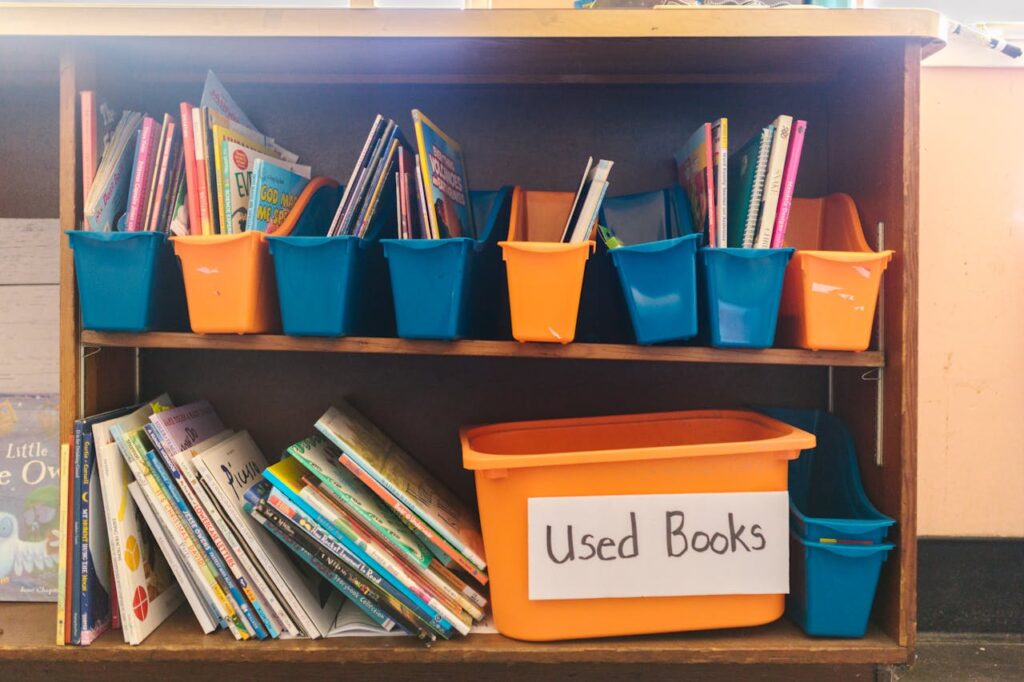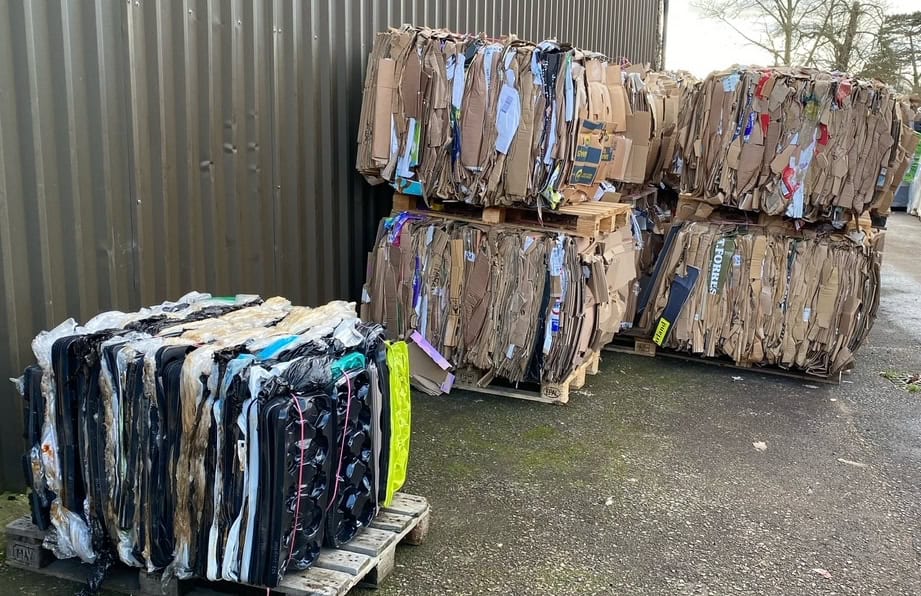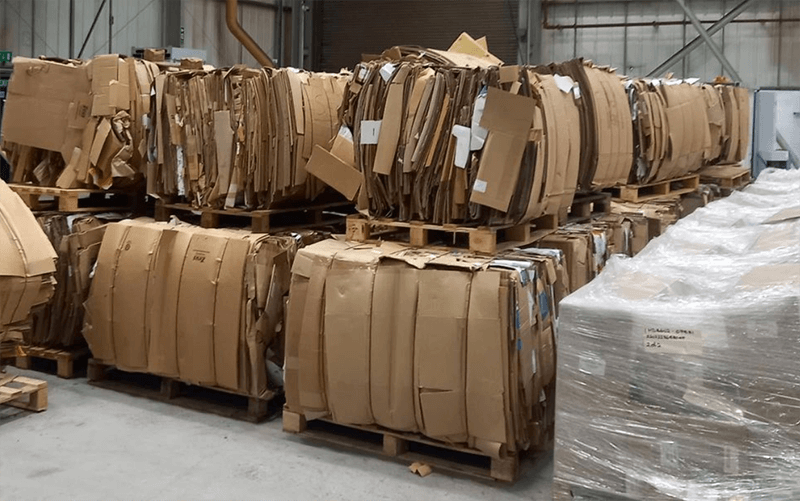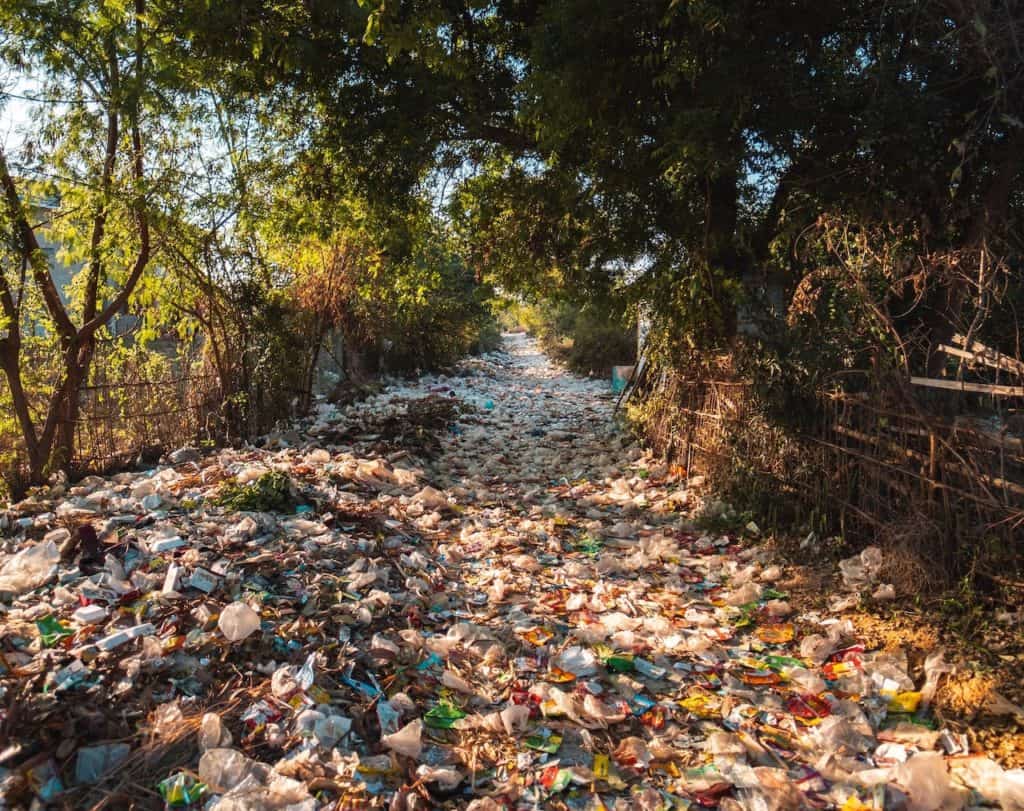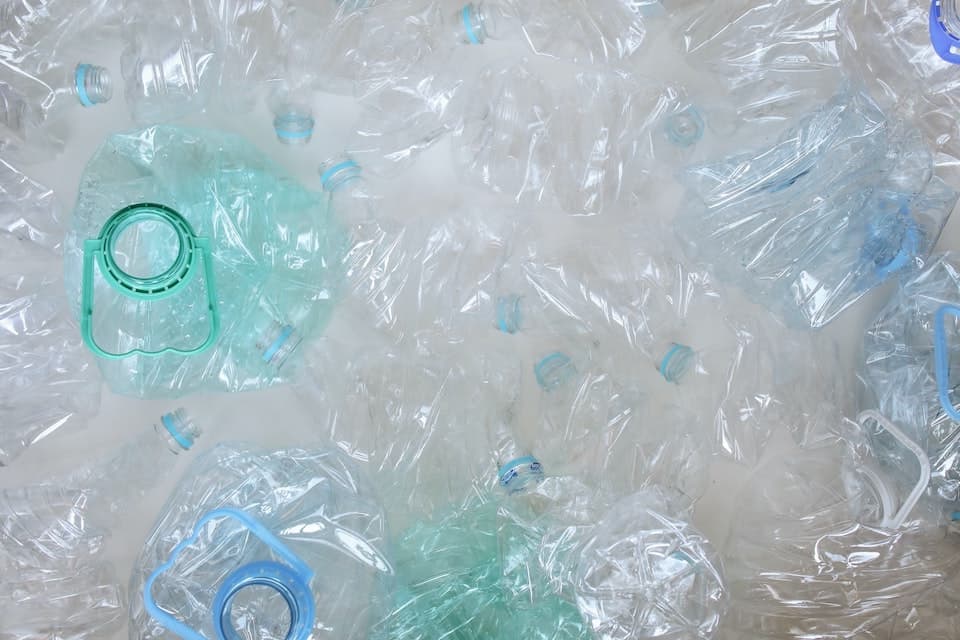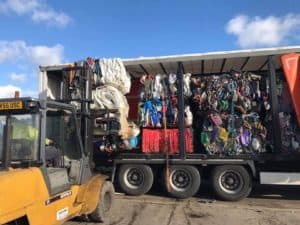This week, we take a virtual visit to Dublin…
Ireland’s capital is home to a metro population of 1.8 million people and also the base for some of the world’s leading research centres. The city has been given an ‘alpha’ status, meaning that it resides amongst the top thirty cities in the world.
This article will look at several aspects of Dublin as a sustainable city, areas including sustainability research, recycling, energy and climate change. Firstly, we will explore sustainability research, and why Dublin is so highly regarded in this field.
Research
The Trinity Centre for Smart and Sustainable Cities is part of The University of Dublin, and is one of the world’s most esteemed facilities for the research into future cities. In fact, Future Cities is the name of the centre. In their own words “The Future Cities Research Centre undertakes multi-disciplinary research that enables, promotes and facilitates behavioural change for sustainability. The research is supported by the application of sensor, communication and analytical technological solutions to sustainability concerns in urban infrastructure such as energy, water, waste management and transportation systems.”
The bold outline of Future Cities’ research states this:
“Currently, cities consume 75% of the world’s energy and produce 80% of its greenhouse gases. Water resources are under pressure and water quality is at risk. Environmental noise pollution caused by traffic, construction, industrial, as well as some recreational activities can aggravate serious direct as well as indirect health effects. By 2030 it is estimated that 5 billion people representing 60% of the world’s population will live in urban areas. Never has it been more pressing that solutions are developed to enable cities to grow in a sustainable way – that will optimize how our resources are used while improving the quality of life for all citizens. “
Transport Robots
We’ve all been stuck in traffic, it’s one of those problems that almost seems unavoidable. The roads are crammed full of cars and they are getting busier at an alarming rate. Whilst it becomes more accessible to own a car, it also heavily increases your chances of becoming stuck in traffic. Given this issue, the Future Cities centre has targeted congestion as one of their primary research points.
“Congestion costs the EU 100 billion Euro per year, while reliable transportation systems are required for just-in-time production and distribution systems. On top of that, lane closures reduce the capacity of a motorway and cause delays and unreliable travel-time estimations.
The goal of this project is to design an algorRthm that allows autonomous vehicles to self-organise to mitigate the effects of a lane closure. Once the design is accomplished, an evaluate of the algorithm through simulation is performed. A further step done in order to investigate the practicalities of such a system is the implementation of the algorithm in robots.”
In the images shown below, autonomous traffic tackling robots have self-organized the motorway to allow equal and generous spaces between cars. With cars being assigned a slot on the road, it reduces the chance of the kind of car build ups that lead to traffic jams and heavy congestion. The Future Cities centre is working on an algorithm that will allow these robots to help the world’s major roads.
Simulation Software -VISSIM
“We have devised a microscopic multi-modal traffic flow simulation with a set scenario. The scenario proposes a three-lane motorway that merges into two lanes after 2km.”
Fig 1. 5000 vehicles per hour -Human drivers
Fig 2. 5000 vehicles per hour –Self-organising algorithm
Energy and Climate Change
Codema, Dublin’s Energy Agency proudly report all areas of energy around the famous city. In particular it is renewable energy that we would like to look at, so it’s quite interesting to find out that Codema hired a consultant to build an interactive map of Dublin’s renewable energy installations. Tom Bruton, from BioXL was the man behind the map, and using his database managed to provide insightful information into sector, fuel type, year installed and size. See the map below.
You will see that there are installations varying from biomass projects at primary schools and solar panels at a lighthouse to an island with a wind farm.
In Codema’s Dublin City Sustainable Energy Action Plan – Monitoring and Progress report 2014, the two main overall energy aims of Codema and Dublin City Council are outlined as:
-Reduction in Dublin City’s CO2 emissions by 20% by the year 2020, compared with a baseline of 9.7 tonnes CO2/capita/year in 2006
-Reduction of Dublin City Council’s own energy consumption (for Council buildings, public lighting, fleet of vehicles and other facilities) by 33%, compared with a baseline of 211,916 MWh/year in 2006
It is our personal opinion that if the city was to apply its own sustainability research findings to their practices, they would have little trouble reaching these targets. The problem may really be that whilst many of Europe’s leading sustainable cities are aiming to reach carbon neutrality, Dublin is aiming for only a 20% overall reduction. Progress is progress, but it’s hard to assess whether setting realistic targets and meeting them is any better than setting highly desirable targets and doing as much as possible. In a way, it’s kind of like choosing between completing a long run or going for a personal best.
Concerning the second part of the targets, the Dublin City Council managed to make an energy usage reduction of 26.9% between 2009 and 2013. This means that between 2014 and 2020, there is only a 7.1% reduction left to make. Perhaps this reaffirms what we have said about realistic targets and desirable ones.
Contributing to the reduction in carbon emissions is a city-wide reduction in the use of energy as a whole. Since 2003, Dublin’s energy consumption has gone down year on year; the city was also ranked 18th out of 30 cities under the energy category in the Siemens Green City Index in 2009. Ireland used 6.7% renewable energy as part of their total energy consumption; this is higher than the rest of the British Isles, but still far off the likes of superbly sustainable Sweden.
Recycling
Dublin’s most recent Waste Management targets were set at 59% recycling, 25% incineration and 16% landfill. Whilst we can’t bring you the exact figures of what Dublin has achieved in relation to that, we can tell you that domestic recycling is loosely estimated to be around 42%. We can also tell you that a mega-incinerator has been given the go ahead to be built on Poolbeg Peninsula, at a cost of €500m. By 2017, the site will be able to handle 600,000 tonnes of municipal waste each year, providing electricity to 50,000 homes and heating for 60,000 homes.
Dublin’s Waste Management vision goes like this: Dublin City aims to have one of the most sustainable waste management systems in the world. Waste handling follows the EU waste hierarchy of prevention, reuse, recycling and disposal. The transportation of waste will be minimised, while goods and services will be designed to allow for the efficient recovery of materials. Organic material will be composted at, or close to, the point of generation.
In 2002, the Irish Republic introduced a plastic bag levy at a cost of 15 cents per bag. It is reported that this tax reduced plastic bag use by over 90%, which is truly staggering. Millions of Euros raised by the tax have been reinvested into local environmental projects. Reducing the handout of plastic bags from over 1.2 billion to less than 200 million is a huge achievement. Britain looks on in wonder, asking ‘can we repeat this success when the tax comes in, in October 2015?’
Despite few accurate statistics relating to resource efficiency in Dublin and Ireland, it is reported that the nation are the second highest packaging recyclers in the EU, behind Germany. The reported figure is an impressive 79%, likely the result of a tough stance on waste packaging and a commendable business recycling and recovery system run by Repak.
Despite being the capital, and the city that is looked upon to lead the cause for resourcefulness, it is not Dublin that heads the recycling table for Ireland. The top spot goes to the city sung about by Steve Earle, Galway, who can boast a total rate of 50%.
Like in the city of Zurich, Dublin introduced very expensive refuse sacks. Whilst not very popular with locals, they are a proven success for the reduction of domestic waste. When it directly costs people to throw waste away, they become hesitant. They may even become irritable, especially when you consider that money is already taken from taxes and used on the waste management service. In truth though, it’s ultimately going to be better in the long run if we contribute to fixing the problem now, or at least slowing it down. Otherwise, we will reach a point where money cannot fix the problems that have been made.
Whilst Dublin may not be the most actively sustainable city, we believe that the contributions it makes through research may offer some kind of solution in the future. The packaging recycling rates are incredibly high, energy and waste use are both in decline even with a rising population and the behavioural change of introducing the bag levy has worked wonders for this beautiful city.

